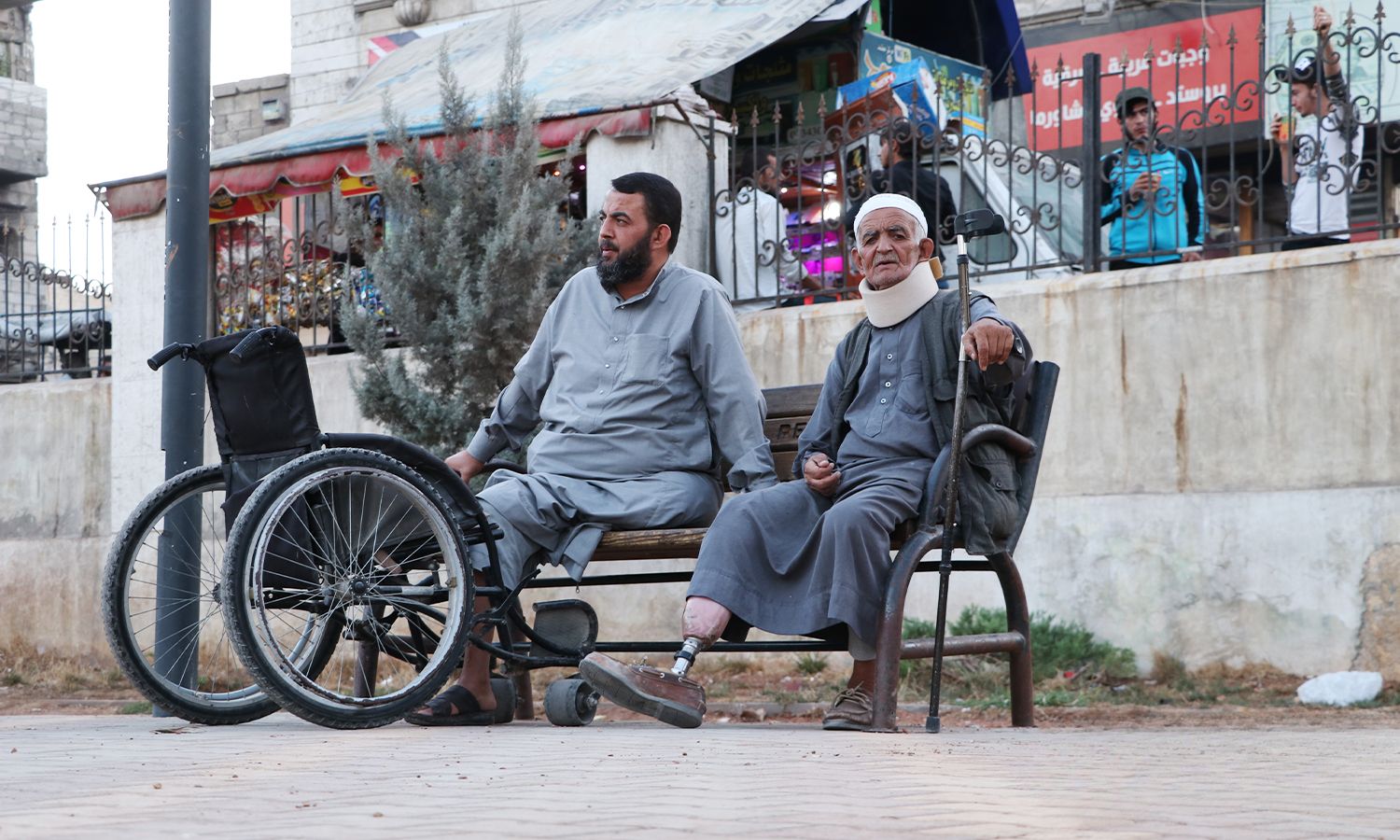



The Global Protection Cluster said that nearly half of people with disabilities in northwestern Syria face significant challenges in accessing essential services such as healthcare, education, and sanitation.
In a report titled “Protection barriers for persons with disabilities in north-west Syria” on the protection risks faced by people with disabilities, published today, Tuesday, August 27, the group added that 47% of this group in northwestern Syria do not have access to essential services.
The Global Protection Cluster is a network of non-governmental and international organizations and United Nations agencies working on protection in humanitarian crises, including armed conflicts and disasters.
The report indicated that only 16% of people with disabilities had equal opportunities to access services compared to non-disabled individuals, while 37% had “partial opportunities” to access services, highlighting a “significant gap in the ability of people with disabilities to access services.”
The report concluded that the lack of access to transportation services increases the isolation of people with disabilities, making it difficult for them to reach other essential services, participate in community activities, or seek employment.
The lack of access to transportation services reinforces the exclusion of this group from social and economic opportunities.
The report also stated that 52% of those surveyed said that transportation services were not accessible to them, while another 35% indicated partial accessibility.
The disability rate in government-controlled areas is 27% of the population, in areas controlled by the Syrian Interim Government it is 19%, in areas controlled by the Autonomous Administration of North and East Syria (AANES) it is 37%, and in areas controlled by the Syrian Salvation Government it is 28%, according to a report issued by the United Nations Humanitarian Needs Assessment Program in 2021.
Northwestern Syria is experiencing fragile medical conditions due to declining international aid, which has been warning of a health crisis for millions of people for years, amid ongoing economic deterioration in the region due to lack of job opportunities, widespread unemployment, and high prices.
The region is experiencing difficult economic and living conditions and is home to 4.5 million people, 4.1 million of whom are in need of assistance, 3.3 million suffer from food insecurity, 2.9 million are internally displaced, and 2 million live in camps, according to the United Nations. Local statistics suggest a population of 5.5 to 6 million people.
if you think the article contain wrong information or you have additional details Send Correction